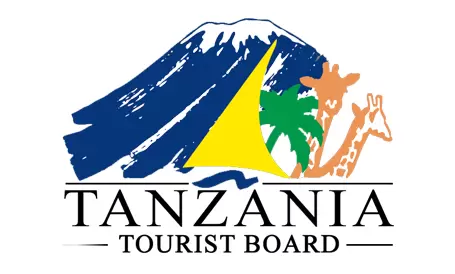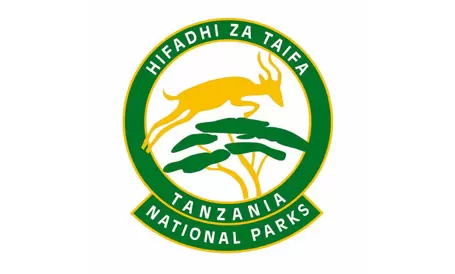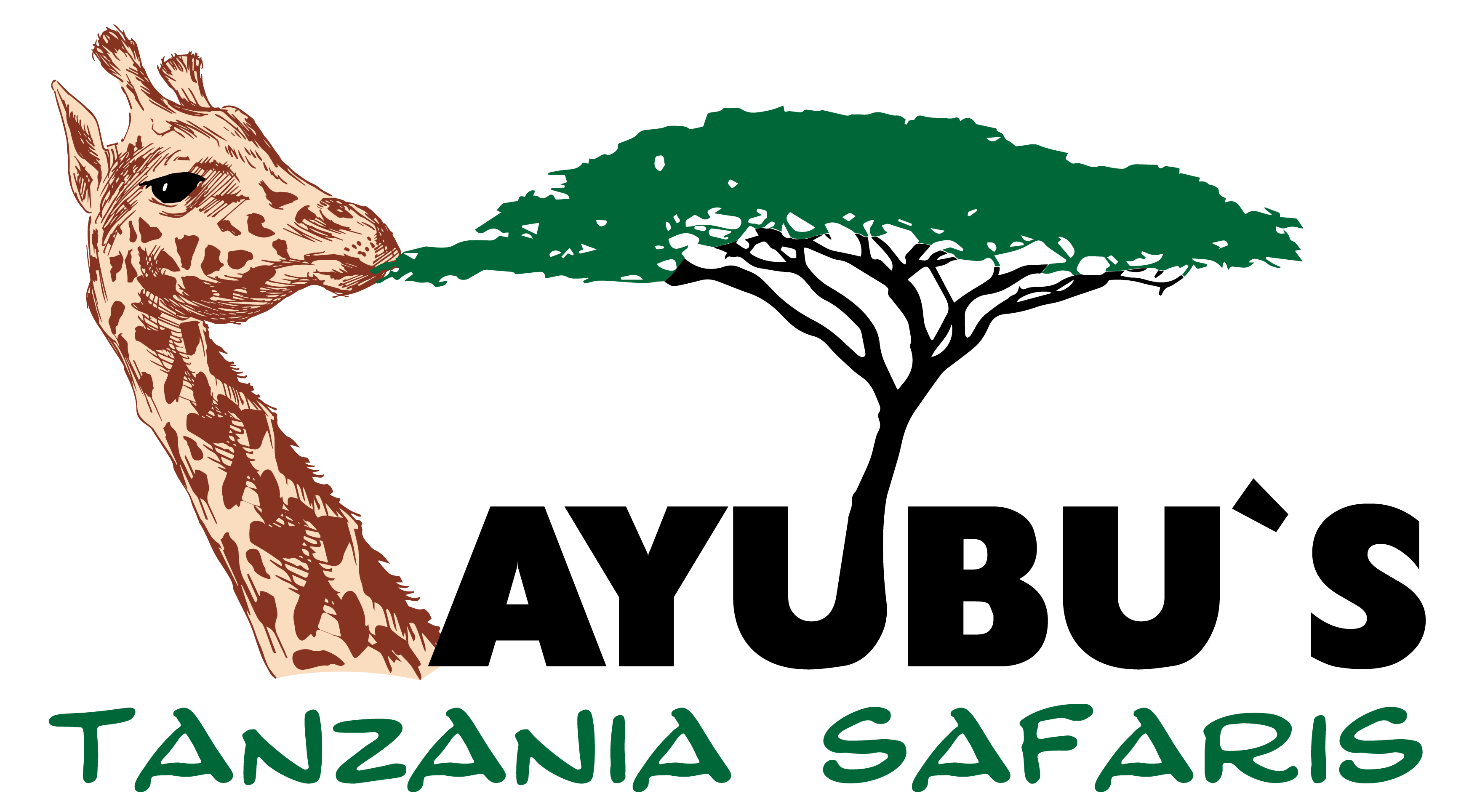
SAFARI | KILIMANJARO | ZANZIBAR

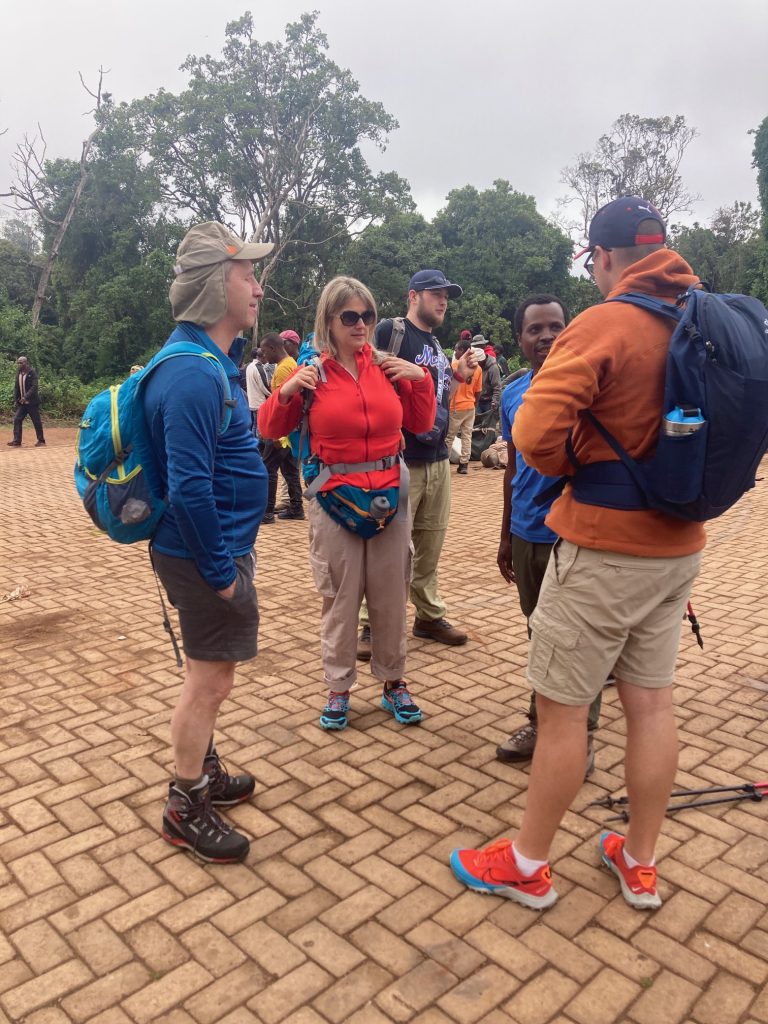

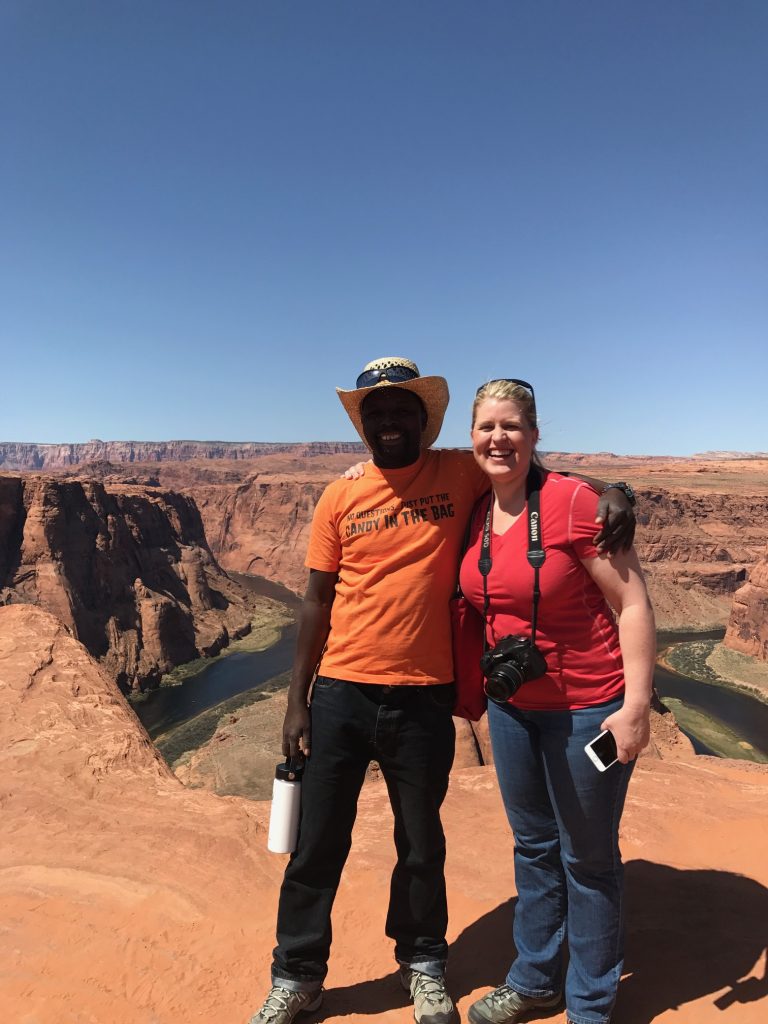
Mount Kilimanjaro
Tanzania is home to one of the Continent’s most magnificent sights – Mount Kilimanjaro, the highest mountain in Africa at 19,341 feet (5,895m), and the highest free-standing mountain in the world.
Above the gently rolling hills and plateaus of northern Tanzania rises the snowy peak of Mt. Kilimanjaro. It’s slopes and glaciers shimmering above the clouds. Kilimanjaro is located near the town of Moshi, A protected area, carefully regulated for climbers to enjoy without leaving a trace of their presence. The mountain’s ecosystems are as strikingly beautiful. They are varied and diverse. On the lowland slopes, the mountain is farmland with coffee, banana, cassava, and maize crops grown for subsistence and cash sale. A few large coffee farms still exist on the lower slopes, but much of the area outside the National Park has been subdivided into small plots. Once inside the Park, thick lowland forests cover the lower altitudes and break into alpine meadows. Once the air begins to thin near the peak, the landscape is harsh and barren. Rocks and ice are the predominant features on the breathtaking African vistas above and below.
Climbing Mt. Kilimanjaro is a highlight for many visitors in Tanzania. Few mountains can claim the grandeur, and breathtaking views of Amboseli National Park in Kenya, the Rift Valley, and the Maasai Steppe, that belong to Kilimanjaro. Hiking to the “rooftop of Africa” is an adventure of a lifetime. Everyone from seasoned trekkers to first-time enthusiasts can summit the snowy peak.
Kilimanjaro is one of the world’s most accessible summits. Most climbers reach the crater rim with little more than a walking stick, proper clothing and determination. Those who reach Uhuru Point, the actual summit, or Gillman’s Point on the lip of the crater, will have earned their climbing certificates, and their memories.
The ascent of Mount Kilimanjaro can be done from six routes: Lemosho, Machame, Marangu, Rongai, Shira, and Umbwe. Depending on the route you choose, the climb up Kilimanjaro can take between four to nine nights on the mountain. The two most popular routes are the Marangu and Machame. However, we at Ayubu’s Tanzania Safaris recommend the Lemosho Route which gives your body the most time to acclimate to the changes in altitude and also has the highest success rate. Our expert guides and porters will accompany you on your climb. No technical climbing equipment is necessary.

